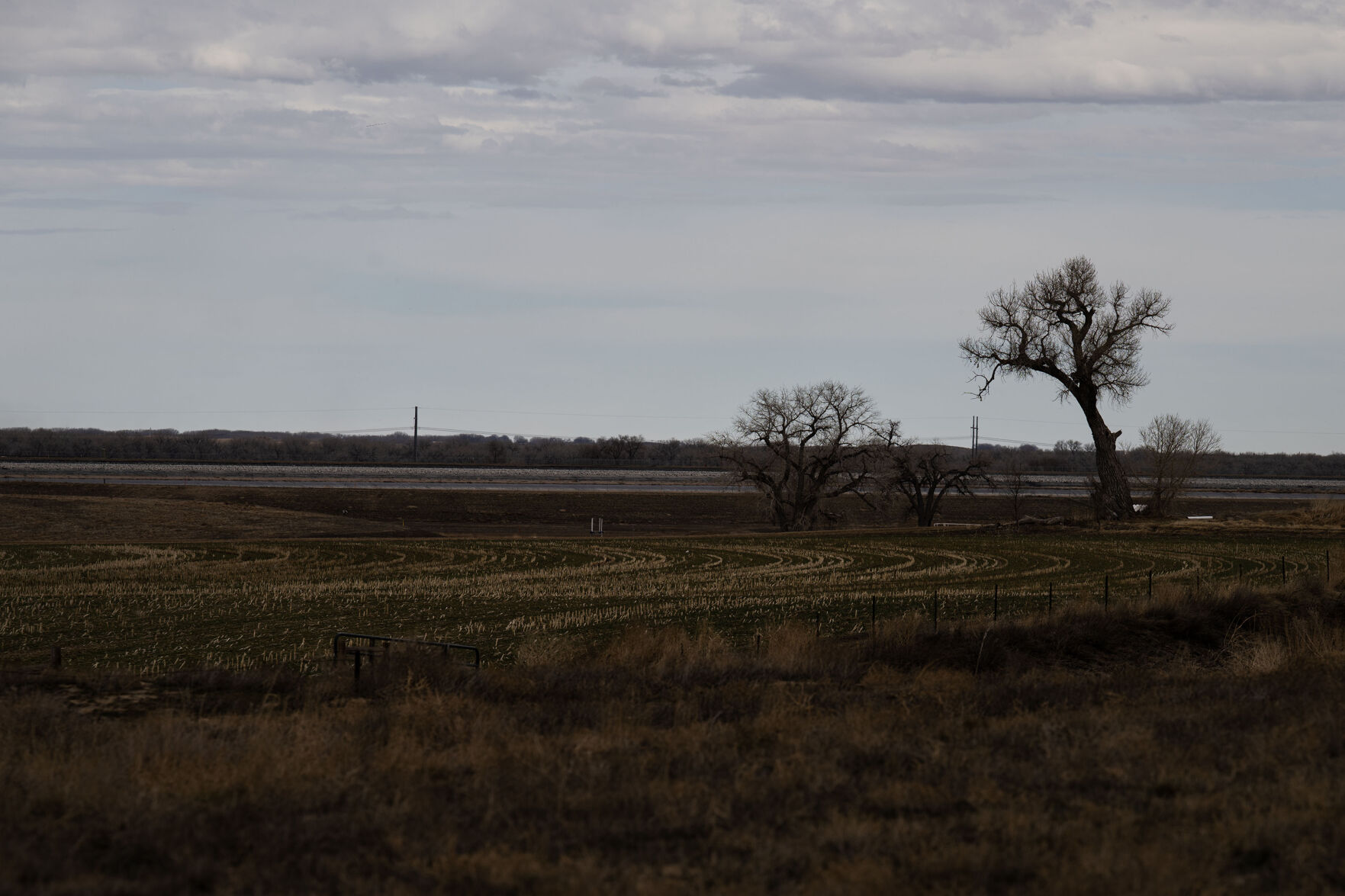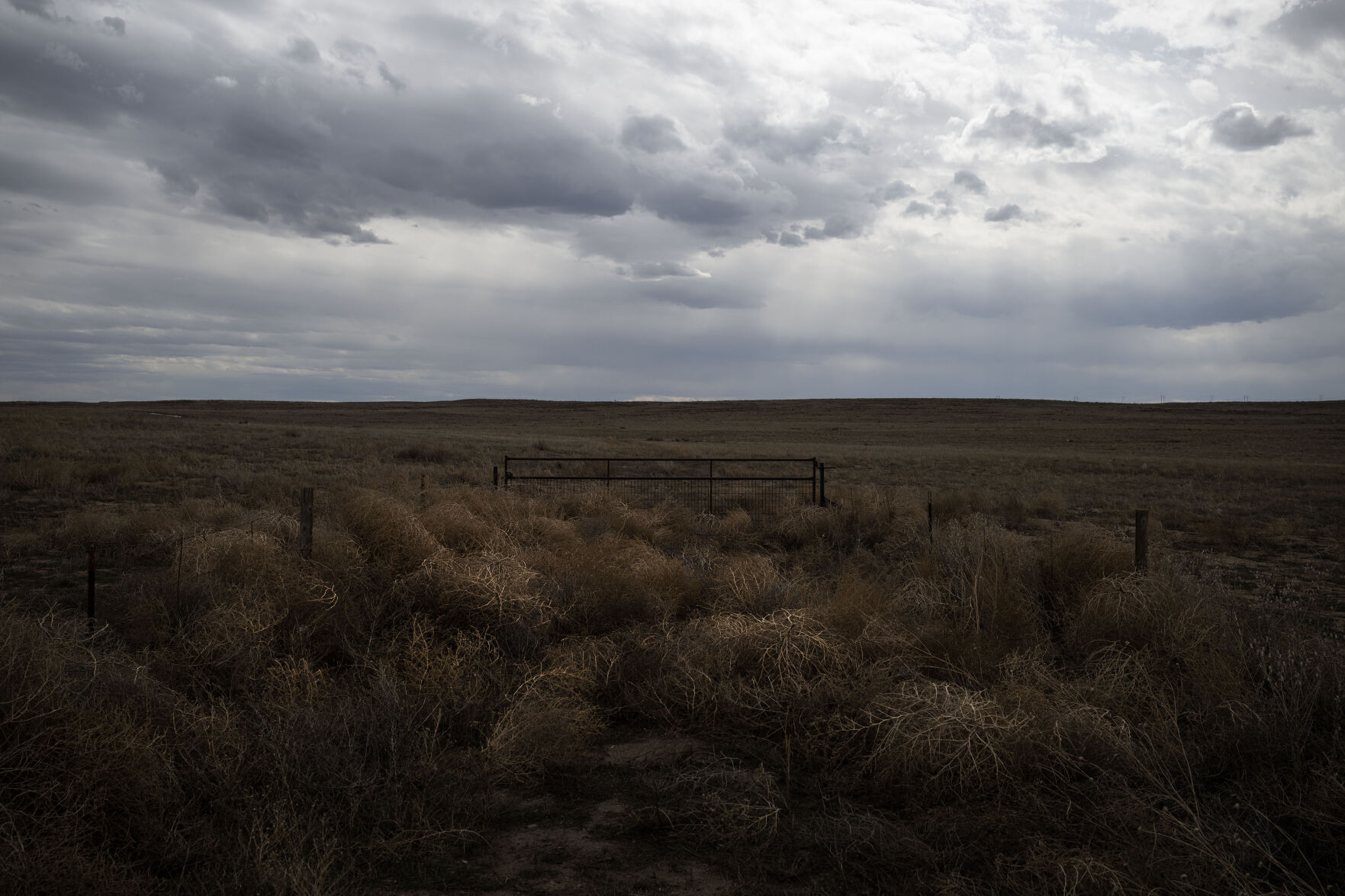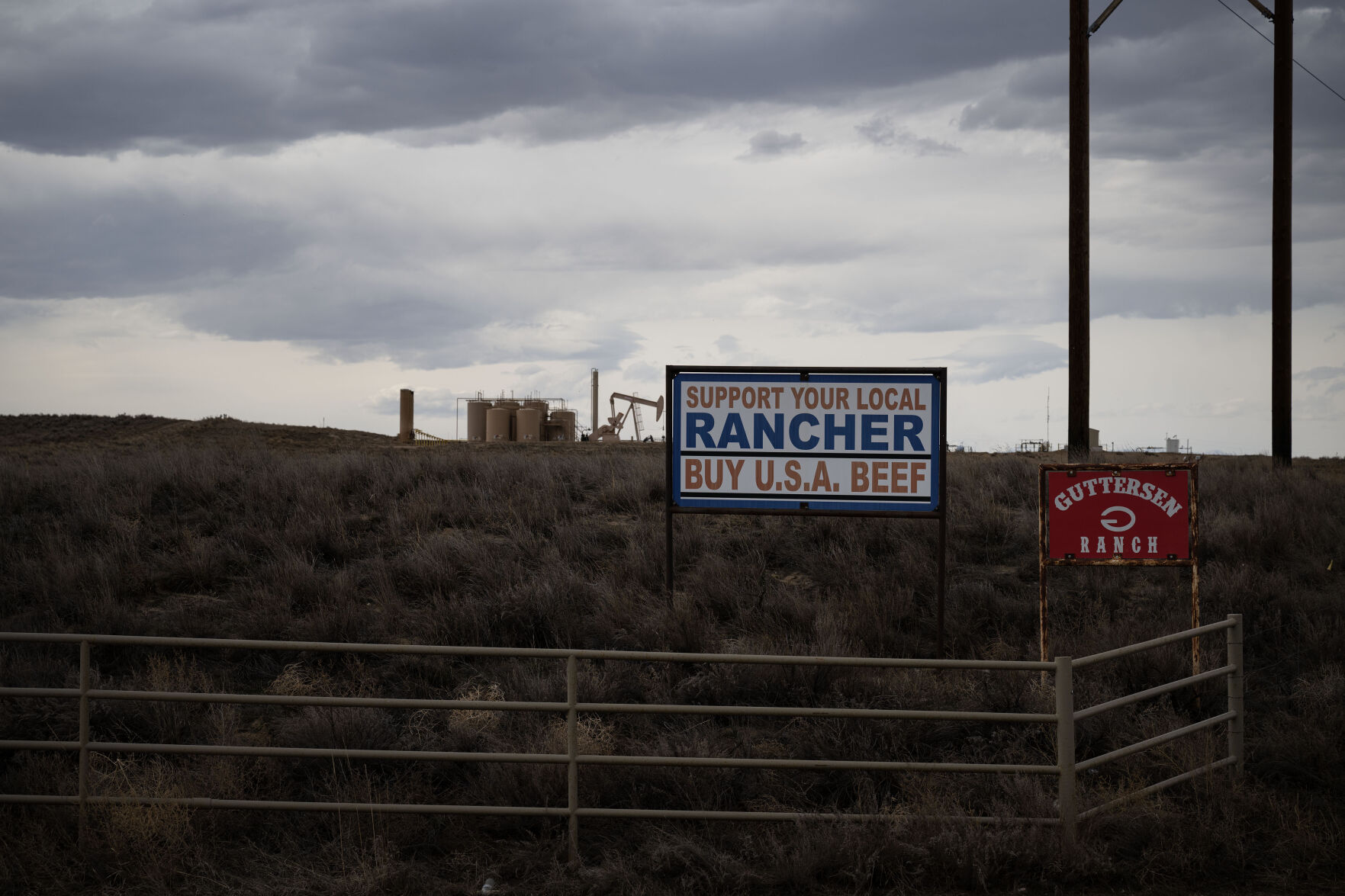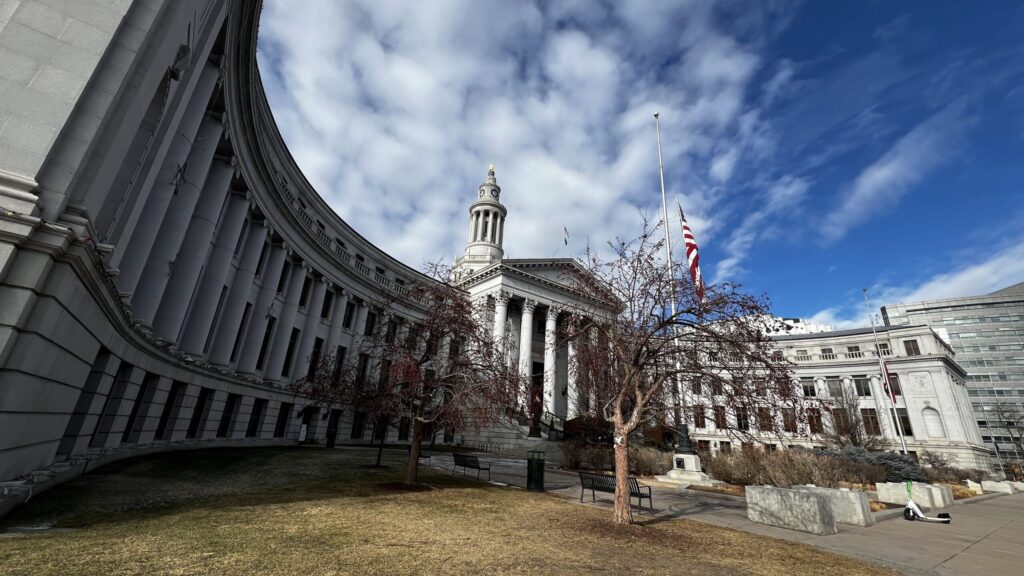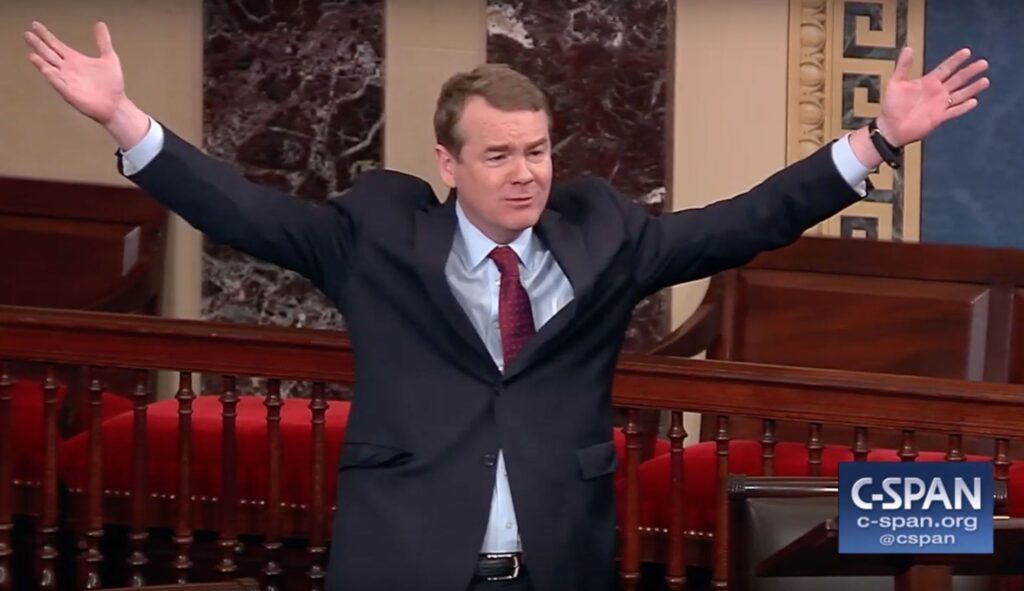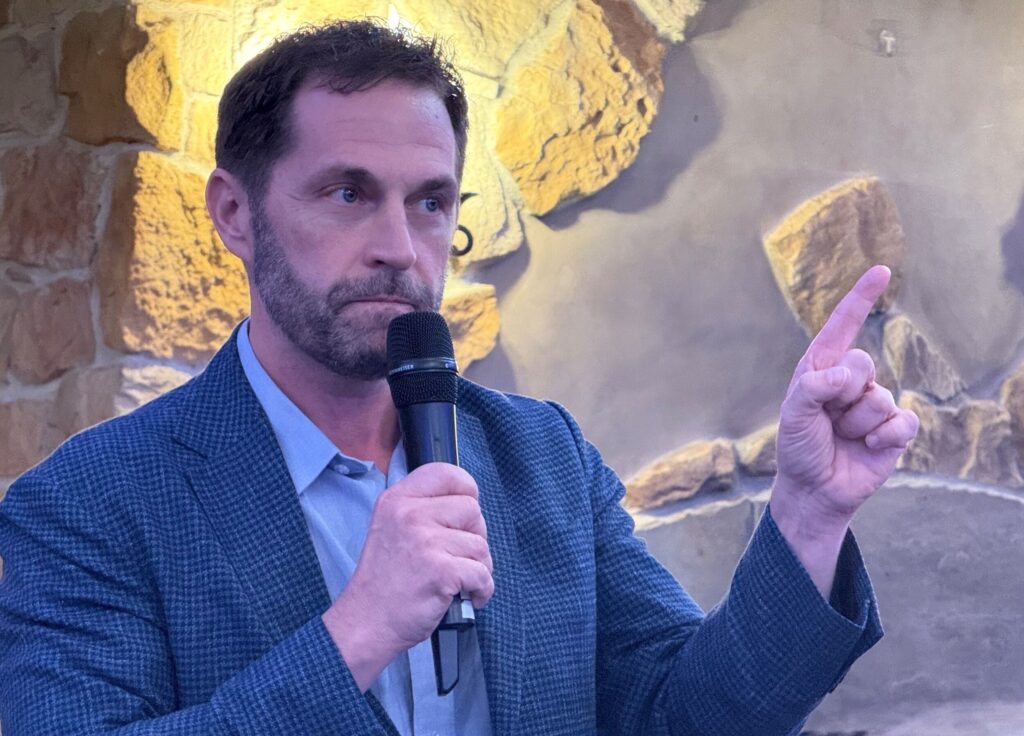Why is Aurora in drought, but not Denver?
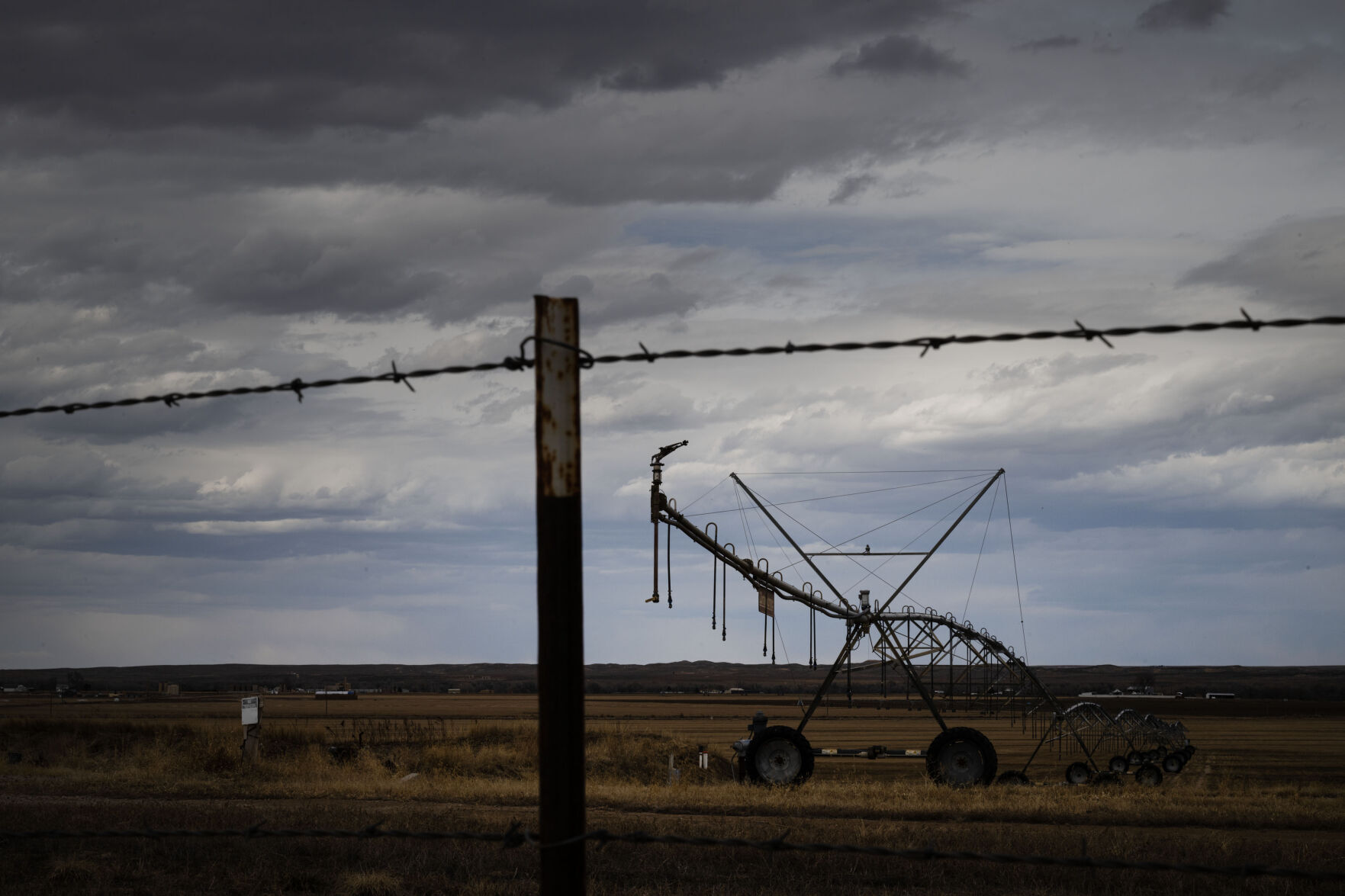
While the city of Aurora already implemented drought restrictions for 2023, next door, the city of Denver doesn’t expect to declare a drought this year.
The tale of two cities left some in Aurora scratching their heads, and the city’s drought restrictions garnered pushback from at least two of the city’s councilmembers.
Aurora poised to acquire farmland, water rights near Greeley
Aurora’s drought declarations are occurring at time when western states are scrambling to save the Colorado River system, which is beset by two decades of drought and over appropriation that have put the system upon which 40 million people rely in a precarious condition, threatening the region’s viability. In response to the crisis, major municipal and public water providers, including Aurora, have outlined and implemented actions to conserve water use, among them turf replacement programs.
Aurora approved Stage I drought restrictions in February, which take effect in May, the time most people start turning on sprinklers. The goal is to reduce water use in the city by 20%. Under the rules, residents should not water their lawns more than two days a week.
When the city is not in a drought stage, residents can water up to three days a week outside of 10 a.m. to 6 p.m.
A surcharge will also be added to water bills during the Stage I drought. The city’s water department says if people abide by the two-day watering limit, their bills should not increase from what they would pay if they watered three days a week.
Aurora Water requested the city council to approve Stage I drought restrictions because reservoirs are sitting at 54% full and are expected to fall below 50% by April. The department is doubtful this year’s snowpack and runoff levels will replenish reservoirs enough to avoid drought conditions, Director of Water Marshall Brown said. The city relies on the Colorado River, Arkansas River and South Platte River basins. Aurora’s snowpack stood at 89% of average levels in February.
As the department seeks to quell confusion, Brown said Aurora isn’t alone in its situation.
“There are other systems that are contemplating drought restrictions,” Brown said. “There are definitely other systems that are going to be water short this year.”
Reconsider drought declaration?
Aurora Councilmember Danielle Jurinsky and Mayor Pro Tem Curtis Gardner sought to call the drought declaration up for reconsideration earlier this month, saying they want better clarity about why a drought declaration is needed and because they received feedback from residents who questioned the decision.
The city council did not approve reopening the issue.
Gardner said the city’s water department has provided him additional information that boiled down to two points and compared Denver and Aurora’s situations.
The first major point said that Denver is a significantly older utility than Aurora and has more senior water rights. The second said that Denver collects its water from different locations than Aurora’s, and that Denver’s collection areas have seen better snowpack this year than Aurora’s sites have.
The mayor pro tem still has more questions. Gardner wants to know if Denver’s collection sites have historically been yielding more water than Aurora’s or if the city’s storage levels are usually lower than Denver’s.
“If so, then what have we done to get ourselves in a better position,” he said. “If this has been a pattern that’s repeated for years and years and years, then what have we done to try and address that?”
A spokesman for Aurora Water said it’s a tricky comparison to draw. One factor to consider is that Denver’s diversion areas are larger because the agency acquired rights long before Aurora, the spokesman said. In another example, Denver’s and Aurora’s sources within the Colorado River basin have traded spots outperforming one another depending on the year, the spokesman said.
Gardner said his frustrations also stem from the amount of effort Aurora is making to conserve water that he says other metro area communities aren’t matching. Aurora’s water use is “a drop in the bucket” of overall Colorado River usage, meaning the city can’t address the region’s water crisis alone, he said. Meanwhile, Aurora’s citizens are “bearing the brunt” of Aurora’s conservation strategies, he said.
Over the last several months, the Aurora city council approved a ban on cool weather turf for new development and agreed to increase water rates. And now the city is restricting watering this summer while implementing surcharges. Gardner considered each strategy with under the understanding it could help Aurora avoid a drought.
But that didn’t happen, Gardner said.
“We keep piling these increased costs and regulations on our residents,” he said.
Residents, befuddled and frustrated, began contacting Gardner and Jurinsky, the councilmembers said. Gardner said constituents asked, “Why does this keep happening to us?” The mayor pro tem’s sense is that residents are weary of increasing rules and expenses and, like him, don’t feel other communities are keeping pace with Aurora’s efforts.
If grass is not appropriate in Aurora residents’ front yards, it shouldn’t be in nearby communities, either, he said.
“Frankly, I’d like to see Denver Water and some of the other water, municipal entities in the metro area implement similar restrictions,” he said.
Although Gardner technically supported its passage, he said he had intended to vote against the proposal to enact Stage I drought restrictions in Aurora.
On that night’s agenda, he thought the city would decide on the Stage I declaration when it voted on a bill to change how surcharges are applied to accounts. The Stage I and surcharge issues were handled in separate agenda items, however, and Stage I restrictions were approved through a resolution as part of the agenda’s consent calendar.
Drought restrictions “might very well be appropriate,” he said, but, as of Thursday, Gardner remained undecided about his stance. Gardner is also skeptical surcharges will drive residents to use less water, as the water department hopes. People who want to garden or have green grass will simply end up paying more, he said.
Location, location, location
The last time Aurora implemented drought restrictions was 2013. Since then, there was a brief window when none of the state was in drought. That period “was short-lived,” Brown said. The city’s storage peaked around 2015, and in the years since at least one of its three basins have been in drought.
“We avoided (drought restrictions) for a number of years, even though the drought was impacting the system and the state of Colorado,” Brown said.
The two most prevalent questions Aurora Water is getting from residents about the Stage I restrictions are: Why Aurora needs drought restrictions in place when reports show statewide snowpack is in good shape this year — it stands at 120% of normal — and why the city could be in drought when its neighbor, Denver, is not.
Denver’s water outlook is better than Aurora’s this year for multiple reasons, Brown said, and a big factor is water rights.
Denver Water was established more than a century ago, while Aurora’s utility was established in the 1950s. So, while Denver has been developing water rights several decades longer than Aurora, most its rights are also more senior, meaning they have higher priority in dry years, Brown said.
While municipalities with more junior water rights might not get water delivery during dry periods, those with senior rights still can.
Denver also gets its water from different locations than Aurora, and, this year, the locations where Aurora draws water from are seeing less snowpack. Location matters, he said, not just by basin but by sub-basin. Snowpack and streamflow can be different throughout each basin.
The percentages that get thrown out in conversations about water can also be confusing, Brown said.
“When we are talking percentages, when we say we are 100% of average, that’s kind of a ‘C.’ Average grade is a C,” he said.
So, if snowpack is at 100% of average, that’s not good or bad, Brown said. It’s also important to remember that averages have been getting worse overtime, he said. What would have been the average 20 years ago is higher than today’s average due to changes in Colorado’s climate, he said.
“That seems to be getting lost,” Brown said.
Numerous efforts are underway to build up Aurora’s water portfolio, he said. Aurora has plenty of storage but is getting more, Brown said, adding that the city is in the permitting process to open a new reservoir. It is also obtaining more water rights and bolstering its reliance on reuse water.
Most water rights are already owned in Colorado, so the city typically acquires new water rights from agriculture. More than 80% of water rights are owned by agricultural operations.
There is also a chance that later in the summer, Aurora might be able to lift the Stage I drought restrictions. March is usually Colorado’s snowiest – so snowpack could improve and runoff that refills reservoirs could turn out better than projected. The city might not be able to make that determination until mid-summer, but it’s possible, Brown said.
“There are some hopeful things,” he said.
Close to normal for Denver
Just like Aurora, Denver has not implemented drought restrictions since 2013. That’s mostly because “our customers have been doing a great job of conservation,” Nathan Elder, the manager of water supply for Denver Water said.
“Every year in Colorado, it’s important to conserve water. It doesn’t matter if it’s a great year or a dry year,” he said.
The utility’s water supply is roughly a 50/50 split of water drawn from the South Platte River and Colorado River basins.
This year isn’t a banner year for Denver, Elder said, but it’s close to normal. Denver Water is projecting between 90% to 100% of average streamflow and sitting between 100% and 115% of normal snowpack in its basins, he said.
“We’re OK,” he said.
The department does not anticipate needing drought restrictions this year, although every year watering rules go into effect in May. Those include common restrictions, such as no watering between 10 a.m. and 6 p.m. and keeping irrigation to three days a week, Elder said.
Triggers for entering Denver’s drought stages vary and weigh a host of factors, Elder said. Reservoir storage levels are a “key component” but so is projected streamflow and snowpack. For that reason, it’s difficult to speak hypothetically about when the city might enact drought restrictions, he said.
As of early March, the city’s reservoirs were close to 82% full.
He suspected it would take a severe drought and “quite a long time” for Denver’s reservoirs to reach 50% capacity and said it’s difficult for him to answer why Aurora’s storage is nearing that threshold while Denver’s is not, but he, too, reiterated that location matters.
“We’ve had three below average years in the South Platte,” he said, and Denver does not receive any water from the Arkansas River, which Aurora partially relies on. Sub-basins matter too, Elder concurred. Water availability in the northern region of the South Platte basin has fared better than southern portions, he said as an example.
“We understand, and we support their approach,” he said of Aurora. “And we just encourage our customers to be mindful as well that we could be in that situation in a year or so.”

